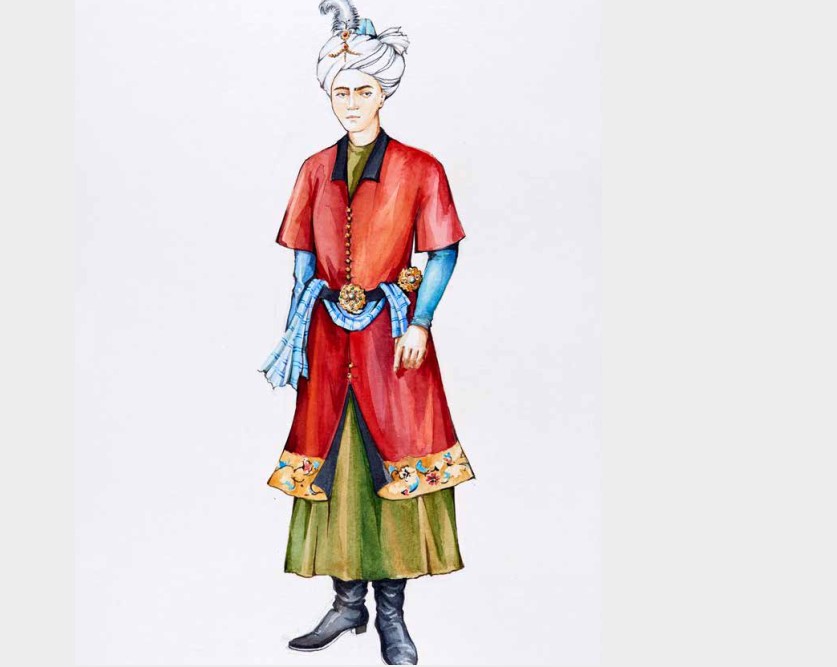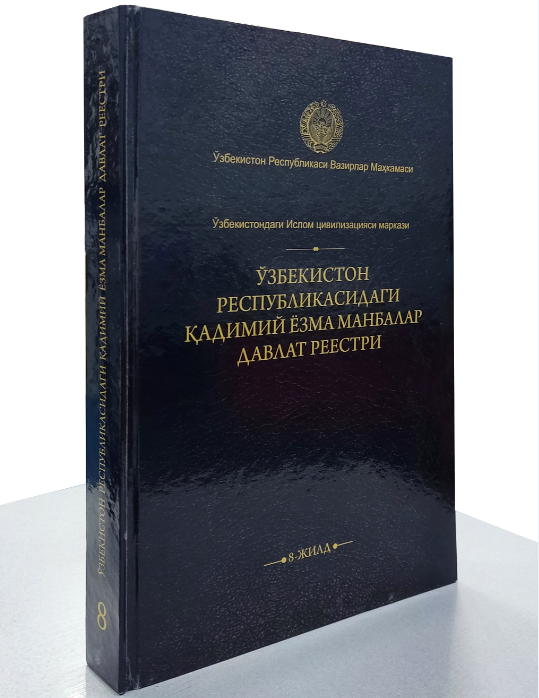The Bukhara dress code is a mirror of the development of this society in different periods. As in any nation, the people of Bukhara have their own traditions, customs, certain rules in the culture of dress. This was evidenced by the costumes on the murals of the Varakhsha Palace depicted on the masterpieces of the Bukhara miniature school. In the process of studying the culture of Bukhara dress, the aesthetic tastes, peculiarities and traditions of the people of Bukhara were reflected in the clothes worn by men, women and children. Through social scenes depicted in miniatures by medieval Bukhara artists, it is possible to learn important information about the underwearings of men and women of different ages and backgrounds, the appearance of hats, shoes and jewelry, clothing accessories and their details. In the Bukhara dress culture, the difference between men’s and women’s clothing was mainly in their fabrics and ornaments. The dress culture of men and women
in particular was evident in their hats. There are many similarities in the clothing of men and women in Bukhara. At first, the difference between them was only visible in shape. The dresses at that time were mainly in the form of «tunics», which were very convenient for hot climates, and the length and width of the trousers and accessories were, of course, convenient for sitting on the floor. The outer garments, on the other hand, were unlined and, to say the least, protected people from snow and rain, from the bitter cold of winter, and from the scorching rays of the sun. The clothes were naturally divided into tops and underwear, casual and holiday dresses.
Malika Koziyeva, history of the Uzbek national dress of the Khanate era






